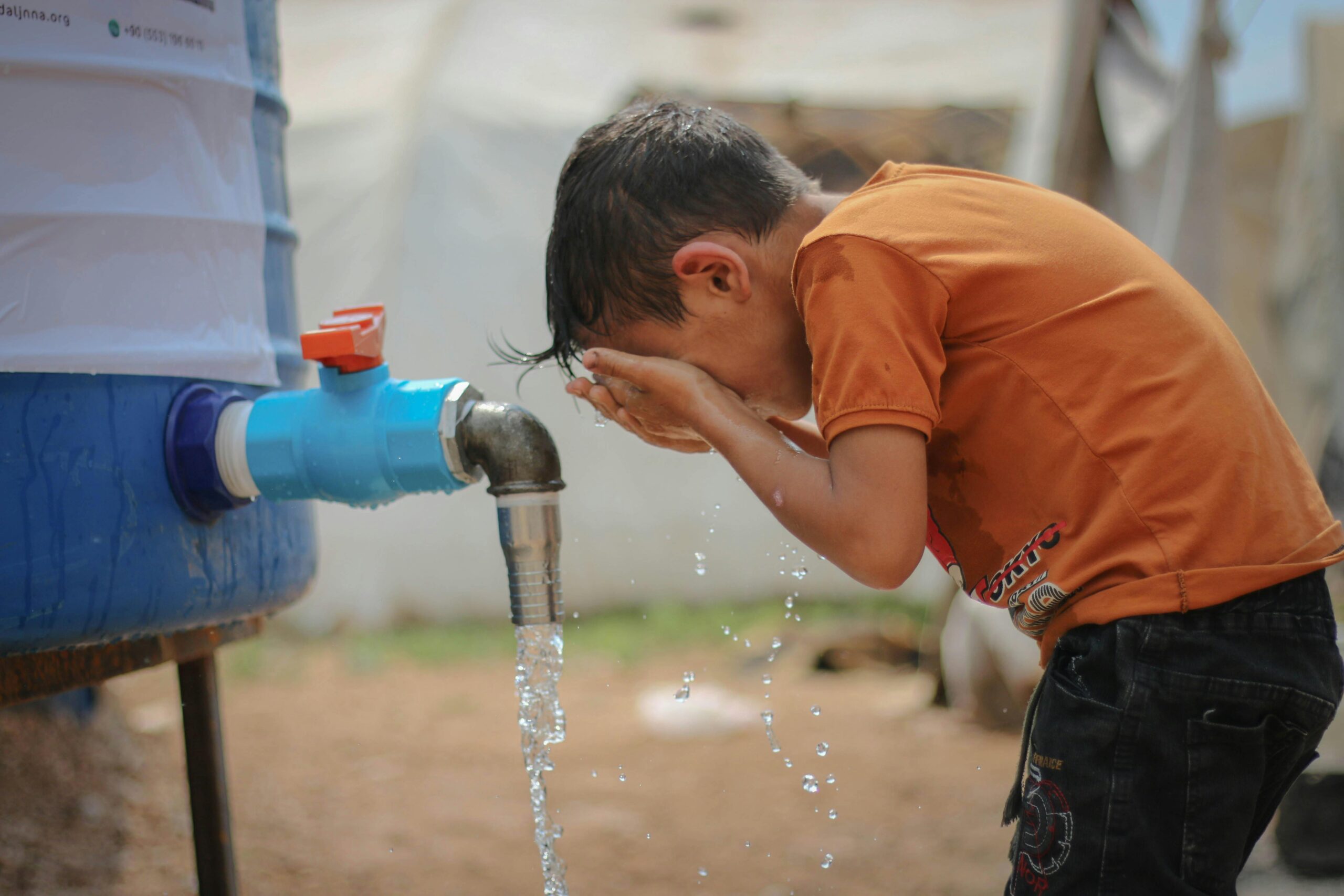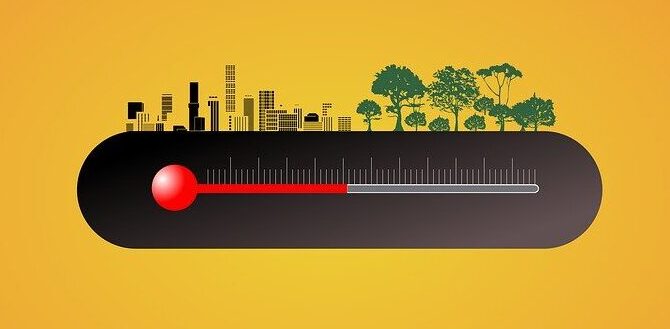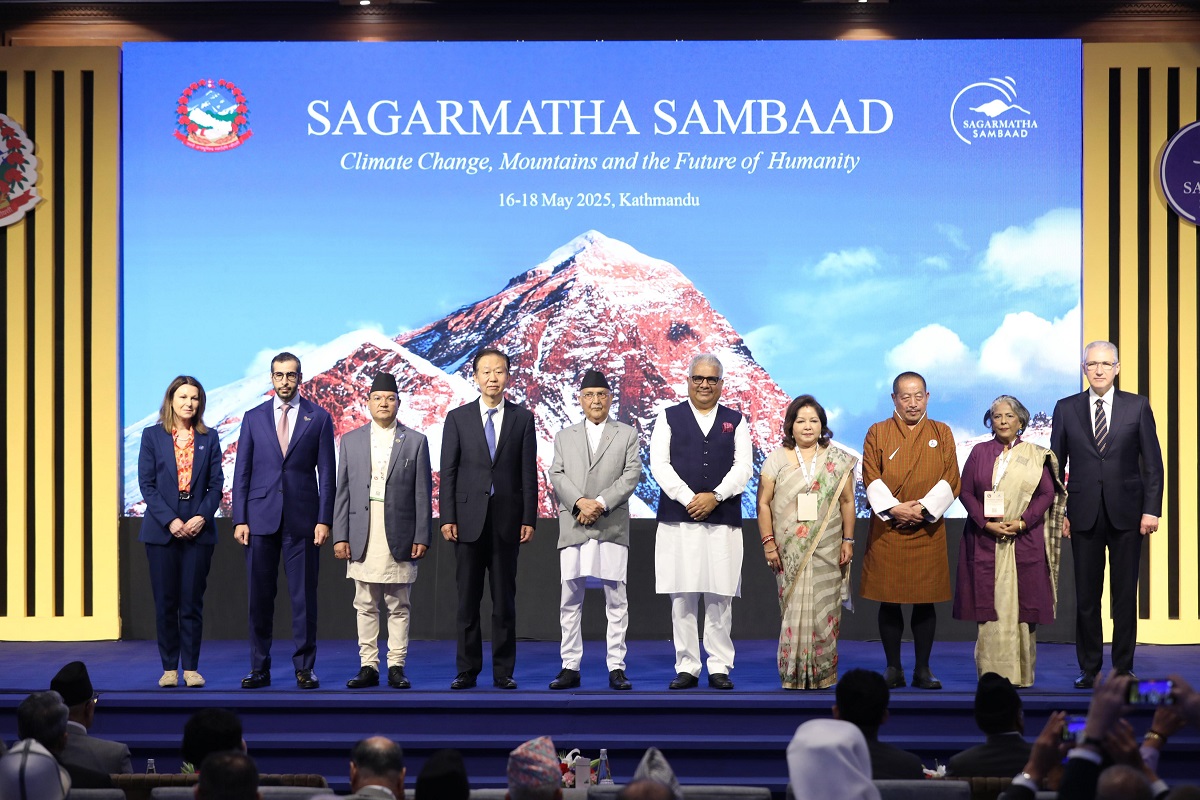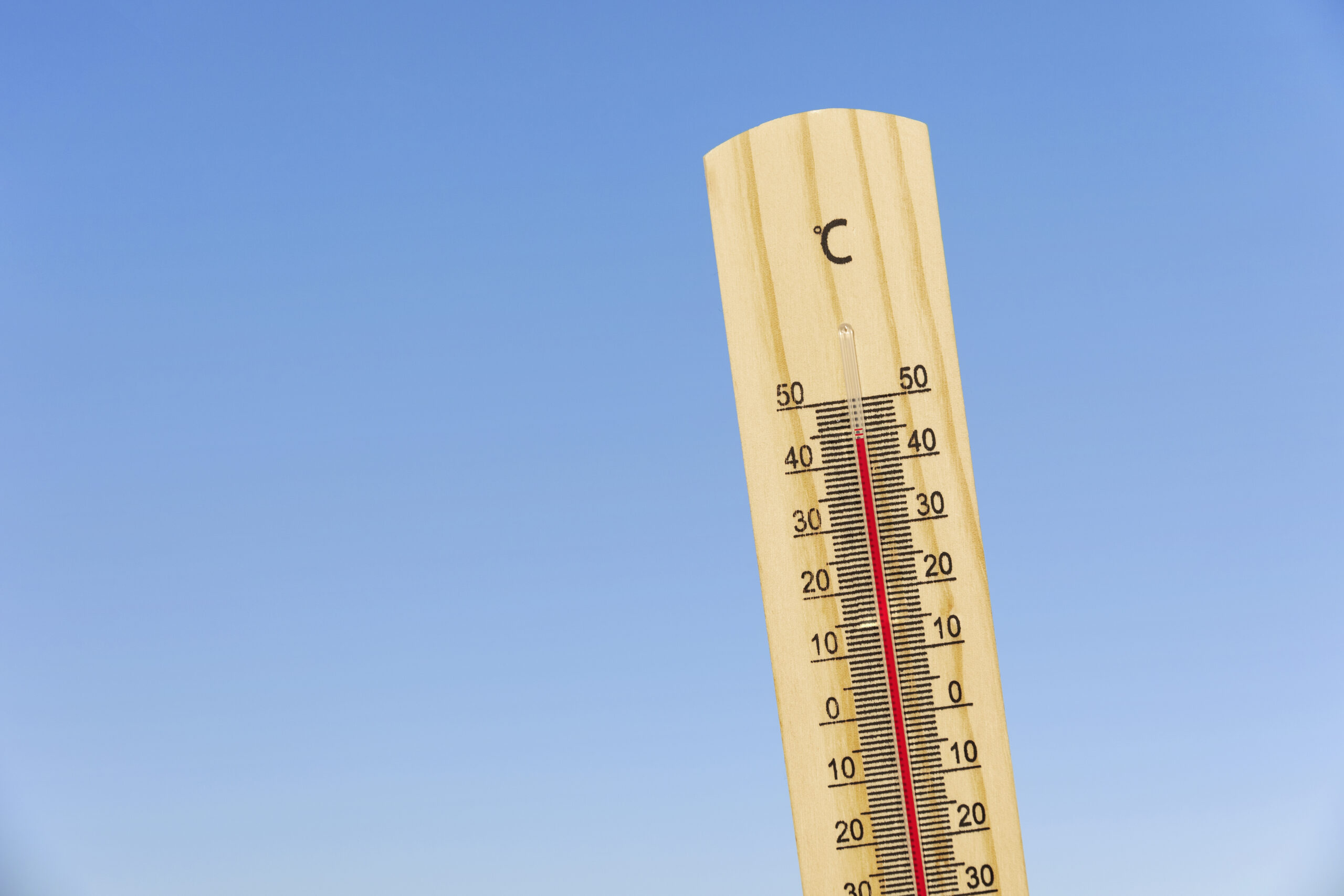Climate crisis in India isn’t knocking — it’s already through the door. A new report by Esri India and IPE Global shows that by 2030, eight of India’s biggest cities — like Delhi, Mumbai, and Chennai — could see twice as many heatwave days. What’s worse? Those scorching days will overlap with heavier monsoon rains, creating a double threat of extreme heat and flooding.
From sweltering streets to sunken roads, climate crisis in India isn’t just about inconvenience—it’s endangering homes, health, and livelihoods.
Key Findings of the Report
Heatwaves are Surging
Expect a 2.5 times increase in heatwave days by 2030. With rising global temperatures and humidity, these events are getting longer and more dangerous.
Rainfall Extremes are Rising
The intensity of extreme rainfall events across India is set to jump by 43% by 2030.
Big Overlap Between Heat and Rain
India’s climate is now blending summer with monsoon—so heatwaves and intense rains can strike together.
Widespread Urban Risk
A staggering 72% of Tier-I and II cities will face simultaneous spikes in heat stress, heavy rainfall, storm surges, lightning, and hailstorms.
Hotspots Across Geographies
Districts in diverse regions—coastal Maharashtra, dry Gujarat, plains like UP, and hill states like Himachal—are among the most vulnerable.
Overlapping Heatwaves and Rainfall
India’s weather used to follow a rhythm: hot summers, rainy monsoons, and a cool breeze by autumn. But now, the seasons are overlapping, and not in a good way. Heatwaves are dragging into monsoon months, and rain is no longer predictable or evenly spread. This creates a deadly combo of heat stress and urban flooding — especially dangerous for densely packed city populations.
These back-to-back extremes also hit the poorest and most vulnerable the hardest — those without proper housing, clean water, or ways to cool off.
The Problem and the Plan
This isn’t just nature’s doing—it’s our own. Much of this is driven by how we’re building our cities. Fast urban growth, tree loss, and drying wetlands have taken away nature’s ability to regulate temperature and manage rain. The report says nearly two-thirds of India’s climate hotspot districts will go through major land-use changes — making them more fragile in the face of extreme weather.
Global shifts like El Niño and La Niña are making Indian weather patterns swing sharply — from floods to droughts to cyclones — sometimes all in the same season.
It offers powerful on-the-ground solutions:
- Climate Risk Observatory: A satellite-backed, real-time monitoring hub for districts and cities which can spot danger zones early.
- Hyper-local climate maps: Block-by-block insights so that infrastructure and safety measures are well targeted. Using these maps city planners can respond in a strategic way to heat, flooding, and stress.
- Heat-risk champions: In every district — local leaders should be trained to drive awareness and safety measures.
- Risk financing tools: Climate-insurance, disaster relief funds, and climate bonds to help people bounce back faster after disasters.
From Struggle to Strength
The climate crisis is already disrupting lives. Children and elderly folks suffer in long heatwaves. Daily-wage workers risk heatstroke just trying to earn a living. Farmers are losing crops to unpredictable rain. Cities face flooded roads, traffic jams, and waterlogged homes almost every season.
But there is also strength in response — and a path forward. With GIS tools, real-time data, and community-driven solutions, India has the ability to build climate resilience that puts people at the centre. The key is acting now — with urgency, compassion, and smart planning.
The Way Forward
It is both a warning and a guide. The message is clear: climate crisis in India is no longer a future problem. It’s happening right now and growing everyday. And the next few years will decide how well we can handle what’s coming.
From strengthening early warning systems for heatwaves and rainfall to investing in green infrastructure, from empowering local leaders to securing climate finance, India must act quickly on every front. The decisions made today will shape the safety and sustainability of millions tomorrow. India can not only protect its people, but also become a global example of how to tackle climate crisis with resilience and innovation.
The storm is already brewing — but with the right tools, right policies, and a collective will, India can weather it.






